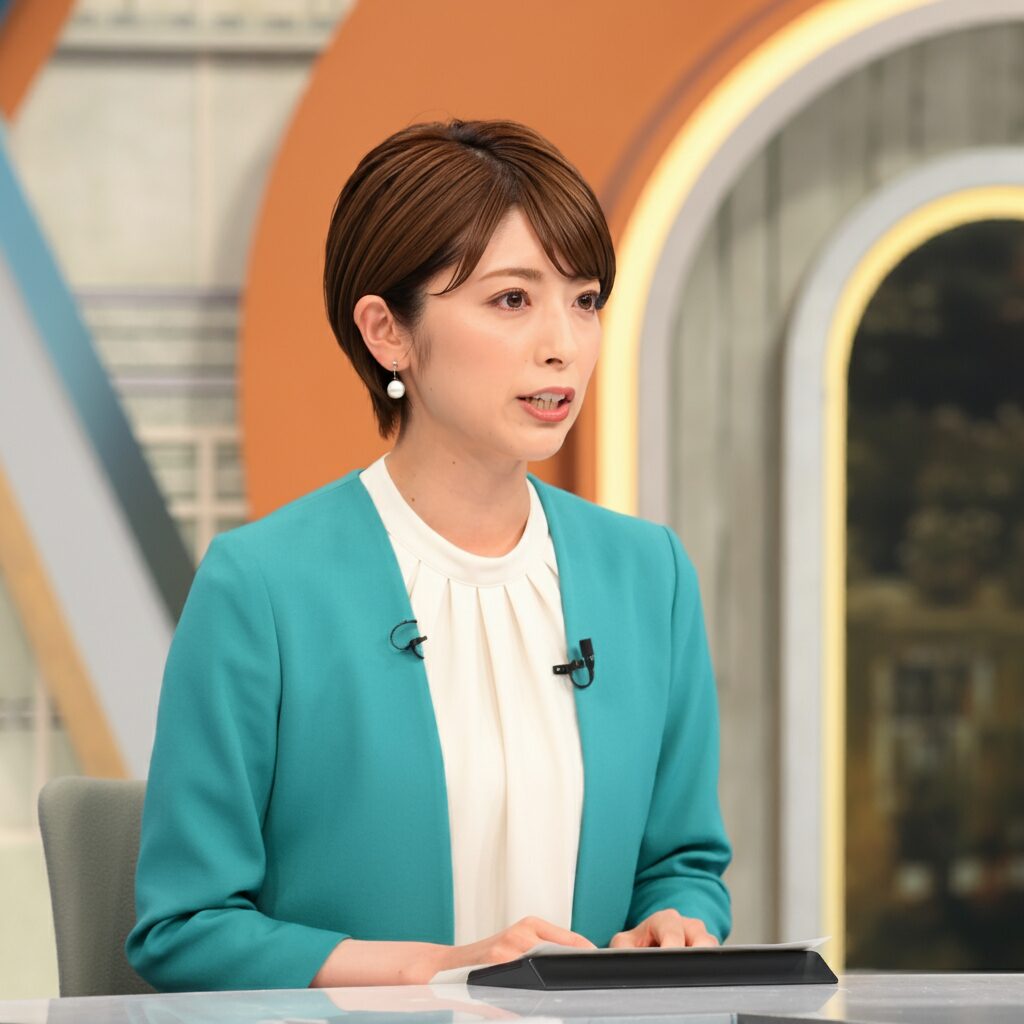
Journey Through Time: Uncovering the Mystical Zuiganji Temple Approach Caves
Imagine stepping back centuries, traversing a path carved through stone, where echoes of monks and pilgrims resonate in the cool, damp air. This is the captivating experience that awaits you at the Zuiganji Temple Approach Caves (瑞巌寺洞窟群) in Matsushima, Miyagi Prefecture, Japan.
Published by the Japan Tourism Agency’s multilingual explanation database (観光庁多言語解説文データベース) as of April 11th, 2025, these caves aren’t just a historical site; they’re a gateway to understanding the spiritual devotion and artistry of Japan’s past. Let’s delve into what makes this destination a must-see for any traveler seeking a deeper connection with Japanese culture and history.
A Glimpse into the Past: Carved Prayers and Eternal Rest
The “Zuiganji Temple Approach Caves” aren’t natural formations. They are man-made caves, painstakingly carved into the surrounding cliffs along the approach to Zuiganji Temple. These caves served a dual purpose:
- Tombstones for Buddhist Converts: During the Edo period (1603-1868), individuals who converted to Buddhism were often cremated and their remains interred within these caves. Each cave became a miniature mausoleum, a final resting place etched into the very landscape.
- Prayerful Inscriptions: The walls of these caves are adorned with countless Buddhist scriptures and images, painstakingly chiseled by monks and devout followers. These inscriptions served as prayers for the deceased and for the prosperity of the living, creating a tangible testament to faith and devotion.
Walking through the caves, you can trace the strokes of ancient chisels, decipher the faded characters of Buddhist sutras, and feel the weight of history pressing in around you. It’s a deeply moving and contemplative experience.
Why Visit the Zuiganji Temple Approach Caves?
Beyond the historical significance, here’s what makes this destination so compelling:
- Unique Cultural Experience: These caves are a rare and fascinating example of Edo-period funerary practices and religious devotion. They offer a glimpse into a unique aspect of Japanese culture that isn’t always readily accessible.
- Serene Atmosphere: Despite the presence of tombs, the atmosphere is surprisingly tranquil and peaceful. The cool, shaded environment, combined with the gentle sounds of nature, creates a space for reflection and introspection.
- Accessibility: The caves are conveniently located near Zuiganji Temple, making them easily accessible as part of a larger itinerary.
- Connection to Zuiganji Temple: Visiting the caves adds another layer of depth to your experience at Zuiganji Temple, one of the most important Zen temples in the Tohoku region. Understanding the history of the caves enriches your understanding of the temple’s significance.
- Stunning Natural Surroundings: Matsushima Bay, known for its scenic beauty with countless pine-clad islands dotting the water, provides a breathtaking backdrop to the historical site.
Making the Most of Your Visit:
- Combine with Zuiganji Temple: Dedicate at least half a day to explore Zuiganji Temple itself. Marvel at its stunning architecture, intricate artwork, and serene gardens. Understanding the temple’s history and influence will enrich your appreciation of the caves.
- Explore Matsushima Bay: Take a boat tour of Matsushima Bay. The views are spectacular, and you’ll gain a different perspective on the landscape that surrounds the caves.
- Learn a Few Phrases: While many signs have English translations, learning a few basic Japanese phrases (like “Konnichiwa” – Hello, “Arigato” – Thank You) will enhance your interactions and show respect for the local culture.
- Respectful Attire: While there’s no strict dress code, dressing respectfully is always appreciated, especially when visiting religious sites.
- Photography: Check for photography restrictions within the caves. In some areas, flash photography might be prohibited to preserve the fragile inscriptions.
Beyond the Caves: Discovering Matsushima
Matsushima is more than just the Zuiganji Temple Approach Caves and Zuiganji Temple. This charming coastal town offers a wealth of experiences:
- Entsuin Temple: Known for its beautiful rose garden and the mausoleum of Date Mitsumune, the grandson of Date Masamune, a powerful feudal lord.
- Godaido Hall: A small temple perched on a rock overlooking the bay, offering stunning views.
- Oshima Island: Connected to the mainland by bridges, this island offers hiking trails and panoramic vistas.
- Local Cuisine: Indulge in the delicious seafood that Matsushima is famous for. Try the fresh oysters, grilled squid, and other local delicacies.
Getting There:
Matsushima is easily accessible by train from Sendai, the capital of Miyagi Prefecture. The journey takes approximately 30-40 minutes. From the Matsushima-Kaigan Station, it’s a short walk to both Zuiganji Temple and the Approach Caves.
In Conclusion:
The Zuiganji Temple Approach Caves offer a unique and unforgettable journey into Japan’s rich past. They’re a testament to faith, artistry, and the enduring connection between the living and the departed. Combined with the natural beauty of Matsushima Bay and the grandeur of Zuiganji Temple, a visit to this hidden gem promises an experience that will linger long after you’ve returned home. So, pack your bags, open your mind, and prepare to be captivated by the mysteries of the Zuiganji Temple Approach Caves. Your journey through time awaits!
Zuiganji Temple approach caves
The AI has delivered the news.
The following question was used to generate the response from Google Gemini:
At 2025-04-11 12:08, ‘Zuiganji Temple approach caves’ was published according to 観光庁多言語解説文データベース. Please write a detailed article with related information in an easy-to-understand manner, making readers want to travel.
7